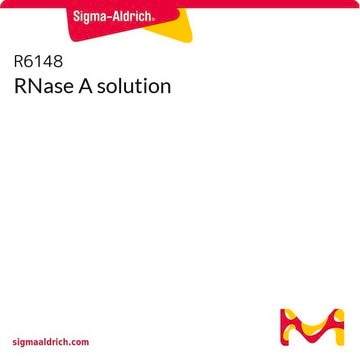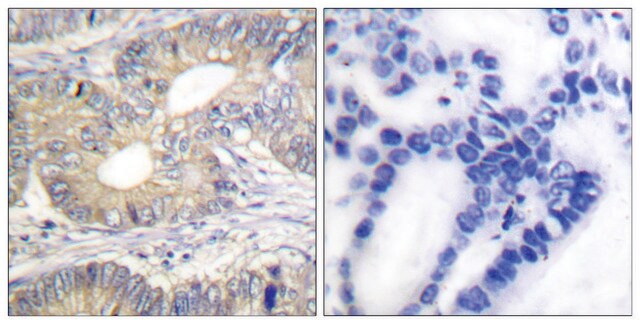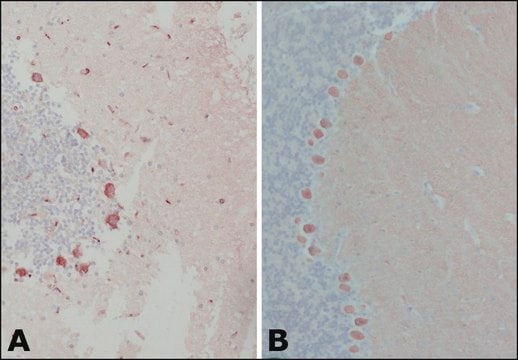P3088
Monoclonal Anti-Parvalbumin antibody produced in mouse
clone PARV-19, ascites fluid
Synonym(e):
Parvalbumin Antibody, Parvalbumin Antibody - Monoclonal Anti-Parvalbumin antibody produced in mouse
About This Item
Empfohlene Produkte
Biologische Quelle
mouse
Qualitätsniveau
Konjugat
unconjugated
Antikörperform
ascites fluid
Antikörper-Produkttyp
primary antibodies
Klon
PARV-19, monoclonal
Mol-Gew.
antigen 12 kDa
Enthält
15 mM sodium azide
Speziesreaktivität
fish, frog, rabbit, canine, feline, bovine, pig, human, goat, rat
Methode(n)
immunohistochemistry: suitable
indirect ELISA: suitable
western blot: suitable (10-20K titer using Mouse skeletal muscle extract expressing Parvalbumin protein)
Isotyp
IgG1
UniProt-Hinterlegungsnummer
Versandbedingung
dry ice
Lagertemp.
−20°C
Posttranslationale Modifikation Target
unmodified
Angaben zum Gen
human ... PVALB(5816)
rat ... Pvalb(25269)
Allgemeine Beschreibung
Monoclonal Anti-Parvalbumin (mouse IgG1 isotype) is derived from the PARV-19 hybridoma produced by the fusion of mouse myeloma cells and splenocytes from an immunized mouse. Parvalbumin is a calcium-binding protein.
Spezifität
Immunogen
Anwendung
Biochem./physiol. Wirkung
PVALB (parvalbumin) expression serves as marker for differentiating tumors as benign and malignant, in relation with thyroid lesions. Decreased expression of parvalbumin positive interneurons in rat model is associated with schizophrenia, and is known to disturb neuronal activity.
Physikalische Form
Lagerung und Haltbarkeit
For extended storage freeze in working aliquots. Repeated freezing and thawing is not recommended. Storage in "frost-free" freezers is not recommended. If slight turbidity occurs upon prolonged storage, clarify the solution by centrifugation before use.
Haftungsausschluss
Not finding the right product?
Try our Produkt-Auswahlhilfe.
Empfehlung
Lagerklassenschlüssel
10 - Combustible liquids
Flammpunkt (°F)
Not applicable
Flammpunkt (°C)
Not applicable
Analysenzertifikate (COA)
Suchen Sie nach Analysenzertifikate (COA), indem Sie die Lot-/Chargennummer des Produkts eingeben. Lot- und Chargennummern sind auf dem Produktetikett hinter den Wörtern ‘Lot’ oder ‘Batch’ (Lot oder Charge) zu finden.
Besitzen Sie dieses Produkt bereits?
In der Dokumentenbibliothek finden Sie die Dokumentation zu den Produkten, die Sie kürzlich erworben haben.
Kunden haben sich ebenfalls angesehen
Unser Team von Wissenschaftlern verfügt über Erfahrung in allen Forschungsbereichen einschließlich Life Science, Materialwissenschaften, chemischer Synthese, Chromatographie, Analytik und vielen mehr..
Setzen Sie sich mit dem technischen Dienst in Verbindung.












